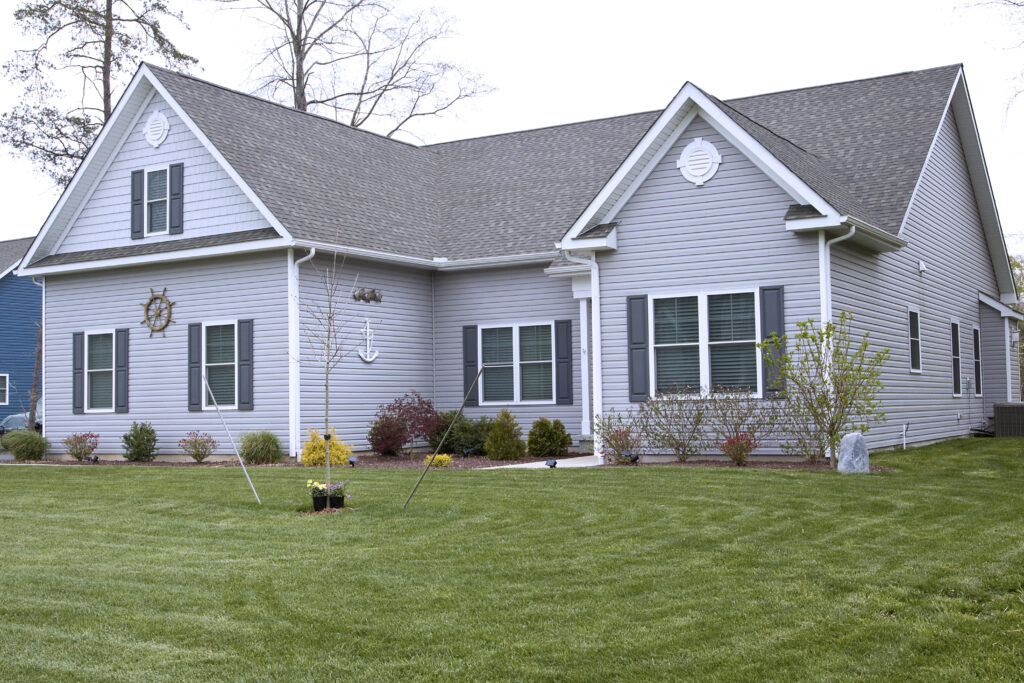
Congratulations on your new roof! A solid roof is a significant investment that adds value to your home and ensures its protection. To make the most of this investment, it’s crucial to establish a maintenance routine. In this blog, we’ll explore the factors that influence how often your new roof should undergo maintenance, helping you strike the right balance between care and cost-effectiveness.
Manufacturer Recommendations:
Start by checking the manufacturer’s guidelines for your roofing material. Different roofing materials have varying maintenance requirements. Some may need more frequent inspections and care, while others can withstand longer periods between maintenance sessions. Adhering to these recommendations is key to preserving your warranty and ensuring the longevity of your roof.
Local Climate Considerations:
The climate in your area plays a significant role in determining how often your roof needs maintenance. If you live in an area prone to severe weather conditions such as heavy rain, snow, or high winds, more frequent inspections may be necessary to address any damage promptly. Understanding the local climate helps tailor your maintenance schedule to your specific needs.
Age of the Roof:
While it’s a new roof, its age still matters. The first few years are critical for monitoring and addressing any potential issues that might arise. After the initial settling period, you can adjust the frequency of maintenance based on the roof’s condition and the factors mentioned above.
Tree Coverage and Debris Accumulation:
Homes surrounded by trees may require more frequent maintenance due to debris accumulation. Leaves, branches, and other debris can accumulate on the roof, leading to issues like clogged gutters and potential water damage. Regular cleanups are essential in such cases.
Regular Inspections:
Regardless of the factors mentioned, it’s advisable to conduct regular visual inspections at least twice a year. This allows you to catch any issues early on, preventing them from escalating into more significant problems. Inspect the roof for loose or damaged shingles, signs of water damage, and any other visible issues.
Proactive Repairs:
Instead of adhering strictly to a fixed schedule, adopt a proactive approach to repairs. If you notice any signs of damage during your inspections, address them promptly. Quick repairs can prevent minor issues from turning into costly problems, ultimately reducing the frequency of major maintenance tasks.
Professional Roofing Contractor Insight:
Consult with a professional roofing contractor for personalized advice. They can assess the specific conditions of your roof, taking into account factors such as local weather patterns, the type of roofing material, and any unique characteristics of your property. Their insights can help tailor a maintenance schedule that suits your roof’s individual needs.
Conclusion:
Maintaining your new roof is a balancing act that requires attention to various factors. By following manufacturer recommendations, considering local climate conditions, and adopting a proactive approach to repairs, you can strike the right balance between care and cost-effectiveness. Regular maintenance not only ensures the longevity of your roof but also protects your home and investment in the long run.
